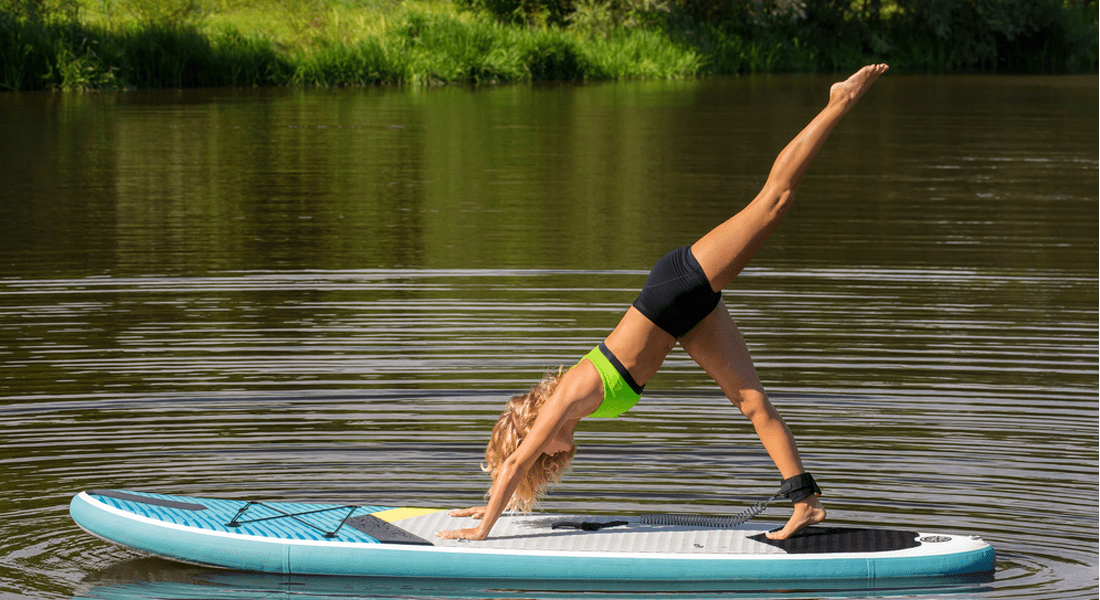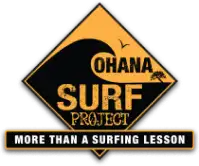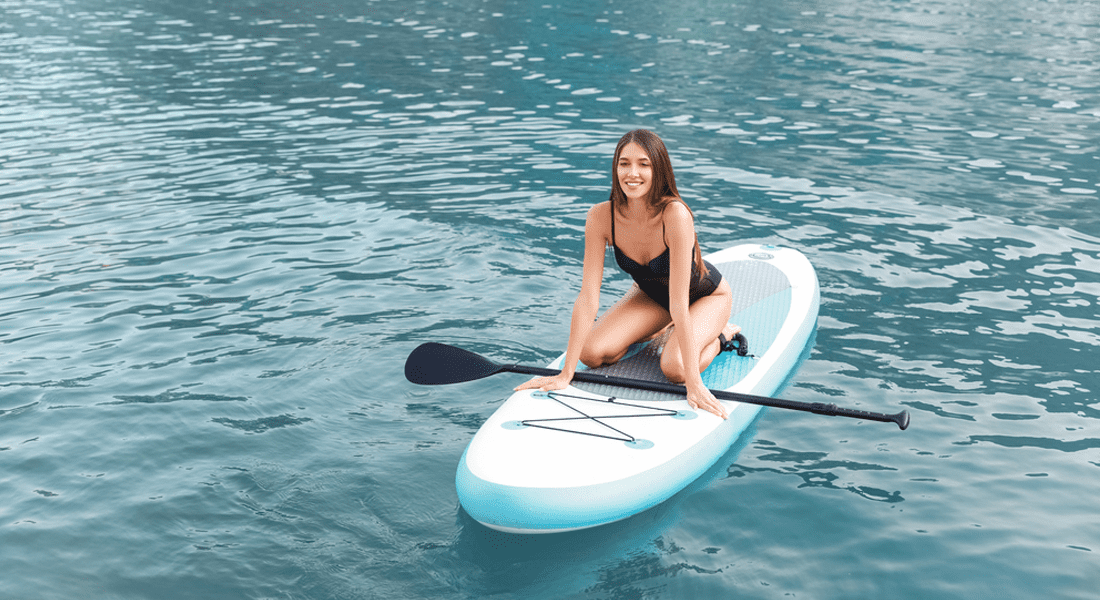
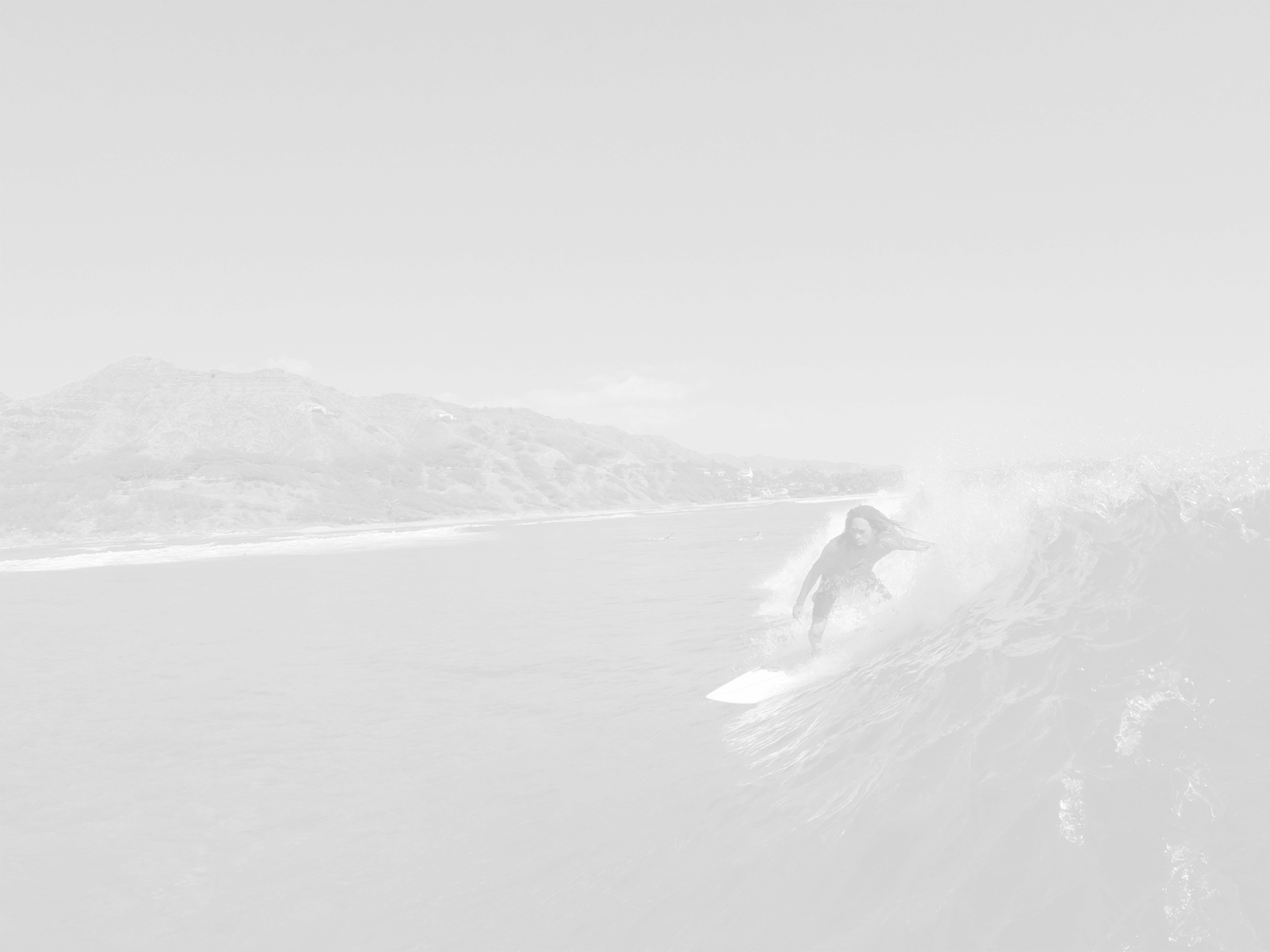
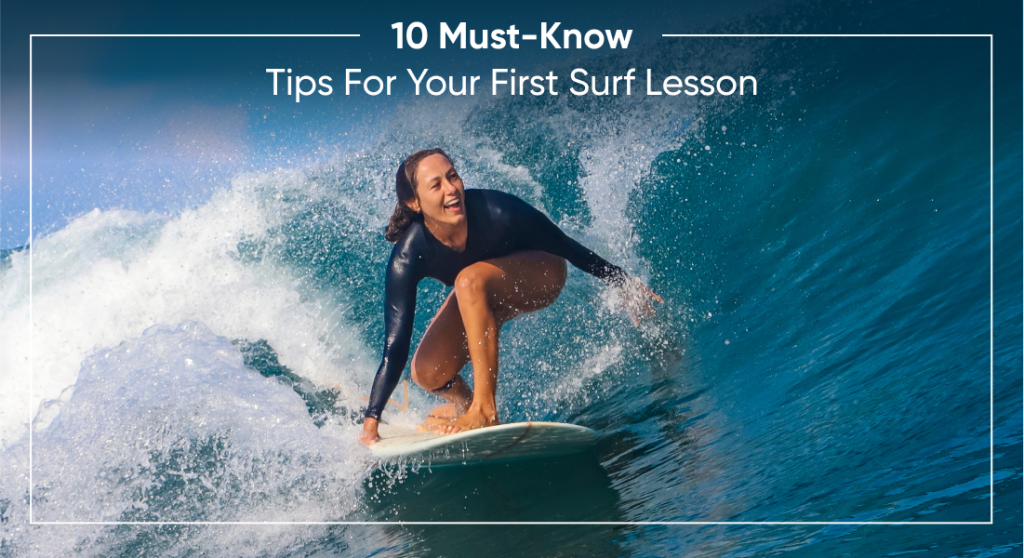

10 Must-Know Tips For Your First Surf Lesson
Surfing is one of the most exciting water sports. However, stepping onto a board for the first time can feel intimidating. If you're gearing up for your first surf lesson, you might wonder what to expect and how to make the most of it. These first surf lesson tips will help you start strong, feel comfortable in the water, and have a great time riding your first wave.
Top First Surf Lesson Tips
Choose the Right Surf School
A good surf lesson starts with the right school. Look for one that offers experienced instructors, quality gear, and a focus on safety. Reviews from past students can give insight into the experience you’ll get. Schools with smaller class sizes often allow for more personalized instruction and help you progress faster.
The location also matters. Beginner-friendly surf spots have gentle waves and sandy bottoms. They are ideal for learning. If you’re unsure which beach is best, a reputable surf school will guide you in the right direction.
Wear the Right Gear
Comfortable surfwear makes a difference. A rash guard or wetsuit keeps your skin protected from sunburn and board rash. Board shorts or swimsuits should fit snugly to prevent discomfort in the water. Are you unsure about wetsuit thickness? Ask the instructor about the best option for local conditions.
Foot protection isn’t necessary unless you're surfing in areas with sharp rocks or reefs. If that’s the case, reef booties can help protect your feet while maintaining grip on the board.
Apply Sunscreen Before You Arrive
Sunscreen is non-negotiable. Choose a reef-safe, waterproof formula and apply it at least 30 minutes before heading to the beach. This prevents it from washing off quickly. Cover all exposed skin, including your face, ears, and the back of your neck. Sunglasses and a hat can also help while you're on the sand waiting for instruction.
Don’t forget lip balm with SPF. The combination of sun, wind, and saltwater can dry out your lips quickly. Staying hydrated also helps keep your skin from drying out after hours in the sun.
Learn Basic Surf Etiquette
Respect in the water is key. Surfing has unspoken rules to keep things safe and enjoyable for everyone. Always wait your turn for a wave and avoid cutting in front of someone already riding one. Be mindful of your surroundings, and if you're not sure about something, ask your instructor.
One of the most important rules is to hold onto your board. A loose surfboard can become a hazard to others in the water. If you wipe out, try to stay in control of your board and avoid pushing it away from you.
Learn More About Us

Start with a Soft-Top Board
Beginners do best with a soft-top surfboard. These boards are more stable – making it easier to balance and practice proper technique. They also have a softer surface, which reduces the chance of injuries when falling. Your instructor will likely have the right board for you. However, it helps to know why soft-tops are best for learning.
Larger boards also help with stability. An 8- to 9-foot soft-top board gives beginners more room to practice balance and paddling. As you gain confidence, you can transition to smaller and more maneuverable boards.
Master the Pop-Up on Land First
Before heading into the waves, your instructor will teach you how to pop up on a surfboard while still on the sand. This step helps build muscle memory so that you can transition from lying down to standing smoothly. Practicing this motion a few times before hitting the water increases your chances of getting up on your board successfully.
The key steps for a good pop-up:
- Lie flat on the board with your hands near your chest.
- Push up with your hands while bringing your back foot forward.
- Stand up quickly, keeping your knees slightly bent and your eyes forward.
Practicing on land moves feels natural once you're in the water.
Stay Relaxed and Have Fun
Surfing is as much about mindset as it is about technique. Tension makes balance harder. That’s why staying relaxed helps improve stability. Instead of stiffening up, let your body move with the board. Falling is part of learning, so take each wipeout as a chance to improve.
Smiling and laughing through mistakes keeps the experience fun. The more you enjoy the process, the faster you'll progress. Surfing is about catching waves and also about enjoying the ocean.
Work on Your Paddling Technique
Paddling is just as important as standing up. A strong paddle helps you catch waves with less effort. Keep your body centered on the board, hands cupped, and strokes smooth. Looking forward instead of down helps maintain direction.
Avoid splashing or short strokes. Long, steady movements create better momentum. Surfing takes energy. Therefore, using the proper technique helps conserve strength for more waves.
Stay in the Right Position on the Board
Positioning affects balance. Too far forward, and the nose dips underwater. Too far back, and it slows you down. Lying in the center with feet slightly apart helps keep the board stable.
Once you start paddling, keep your chest slightly lifted. This makes it easier to see incoming waves and adjust your stance when needed. Finding the right position takes practice. Meanwhile, a good instructor will help you adjust.
Look Where You Want to Go
Your body follows your eyes. Looking down at your feet throws you off balance. Focusing on the direction you want to ride makes turns and adjustments easier.
Once you stand up, keep your head up and your eyes on the horizon. This keeps weight evenly distributed and helps you stay upright longer. A small shift in focus can make a big difference in control.
How Ohana Surf Project Can Help
Ohana Surf Project makes learning to surf a fun and stress-free experience. Our expert instructors work with students of all levels and help beginners build confidence in the water. Every lesson is tailored to fit individual learning styles. This makes sure that students get the most out of each session.
Our soft-top boards, personalized coaching, and focus on safety create the perfect environment for first-time surfers. From paddling to popping up, we guide students through each step at a comfortable pace. The goal is to help new surfers develop skills while enjoying every moment in the ocean.
Ready to Catch Your First Wave?
Your first surf lesson is the start of an exciting journey. The right tips and guidance make all the difference. If you're looking for expert instruction in a supportive setting, book a lesson today! Grab your board, get out there, and enjoy the ride.
OTHER OSP BLOGS

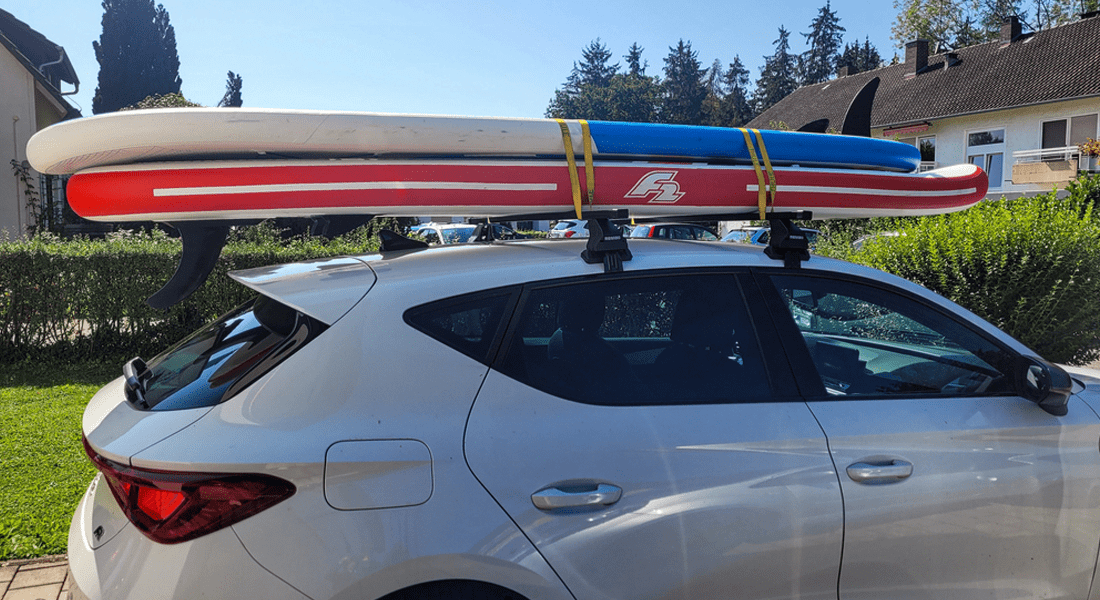
How To Transport Your Rental SUP Board
When you rent a SUP board for a Waikiki adventure, knowing how to transport a SUP board keeps your day smooth from the start. You probably feel excited to reach[...]